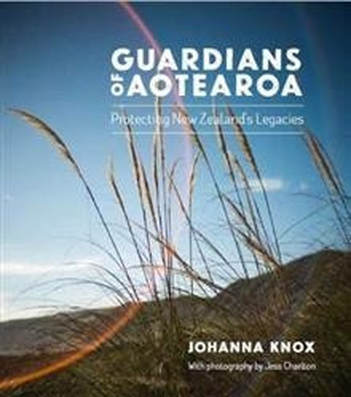
Johanna Knox & Jess Charlton
This book is a real gem. Johanna Knox interviews a range of New Zealanders and weaves their own narrative into a compelling story over a few pages; Jess Charlton has provided photographs of the subjects in their own environments or homes.
There are young and old, recent immigrants and tangata whenua, men and women. Some are already well known, but all are essentially community activists, local guardians. They reflect different communities in a geographical sense or are preserving traditions.
Of the preservationists, I was particularly interested in the story of Graham O’Keefe, who runs the ‘print shop’ at MOTAT in Auckland. This involves preserving the older forms of producing print before computers, especially the Heidelberg machines that he was an expert in and uses to teach new enthusiasts. Lloyd and Joan Whittaker have a large collection in their museum of musical instruments on Waiheke Island.
Many of the subjects are environmental activists and a lot appear to live in the Wellington region, as do Knox and Charlton. But there is also Ann Graeme who runs the Kiwi Conservation Club, and appears on the title page with her donkey. Of the younger participants, Bryce McQuillan and Angela Simpson are ecologists who have published photos of invertebrates and a specific guide to New Zealand spiders; and Helene Vivienne Fletcher who writes a blog about autoimmune disease. There is a whole group of Young Birders New Zealand based in the South Island. And an older couple, living in Golden Bay, are actively searching for the South Island Kokako.
In this sort of book there will always be particular favourites. I was particularly interested in Helen Dew from Carterton, which is the home of a ‘green dollar’ scheme, and a perhaps unlikely bastion of alternative currency concepts. But I was particularly captivated by the story of the ‘bat lady’, Catriona Gower. She has emigrated from England in search of bat species, and finds herself forming a new bat group in the Catlins, while keeping in touch with a favourite (Rose) by Skype.
The photography by Jess Charlton complements these stories wonderfully, especially in the chapter on Debbie Stewart, who has a falcon landing on her shoulder. Charlton has also mastered the creative use of lens flare, as seen on the front cover image, and in some of the portraits within the book, where she uses it as a kind of halo effect.
The book has a nicely sympathetic design for the images and a very considered layout of the text. It features progressive and well qualified subjects, but who are community based and active in their very specific fields, without wanting to seek the limelight.
Author: Johanna Knox; photography: Jess Charlton
Publisher: Bateman
ISBN: 978 -1-86953-902-3
RRP: $59.99
Available: bookshops
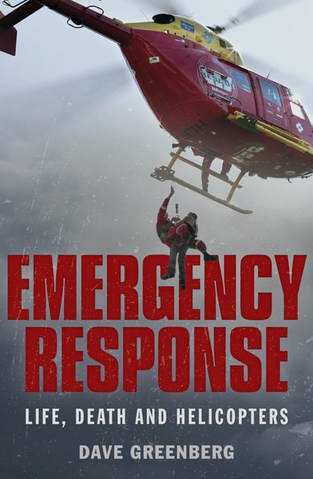
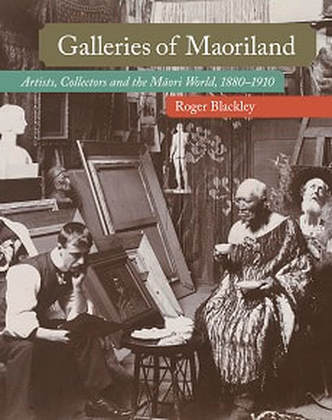
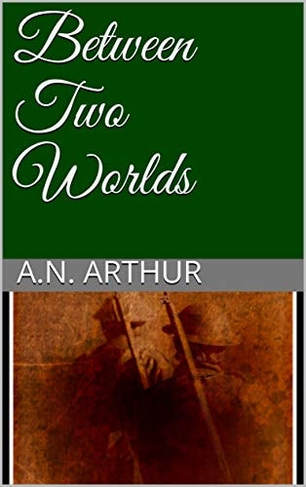
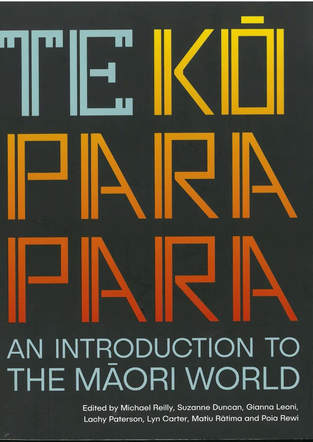
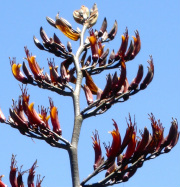
 RSS Feed
RSS Feed
